Drainage
Drainage construction refers to the process of designing and building systems to manage the flow of water, preventing water accumulation and minimizing the risk of flooding. Proper drainage is crucial in various settings, including residential, commercial, industrial, and agricultural areas.
Examples of our Drainage work
Feel free to contact us with any queries you might have
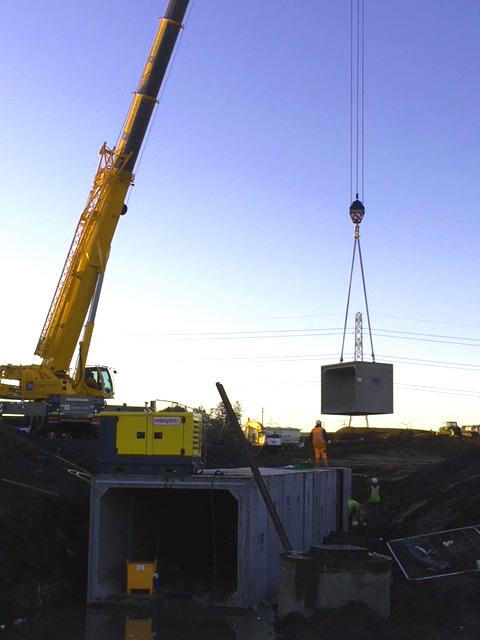
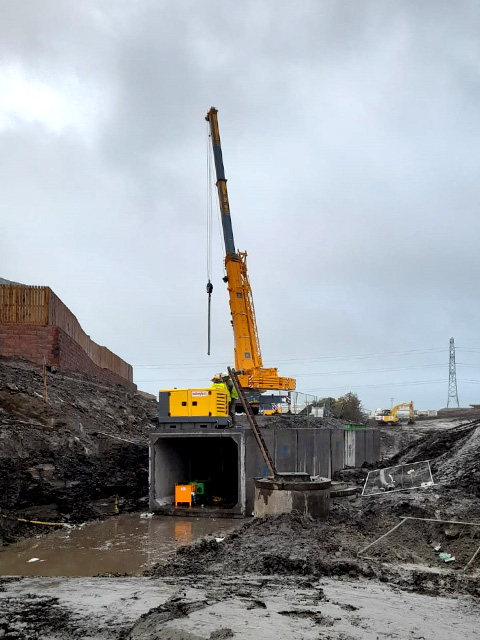
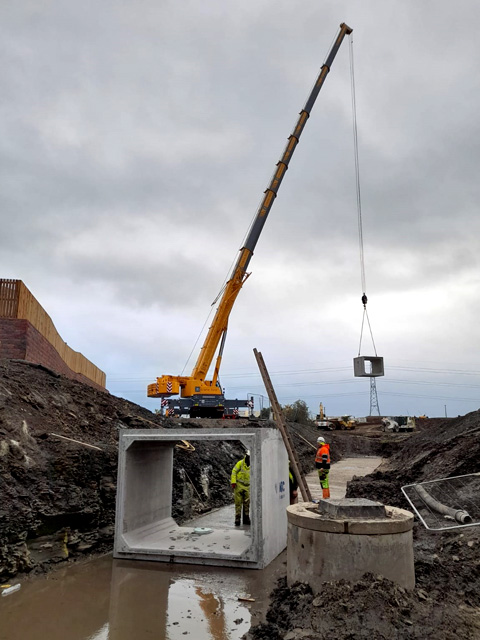
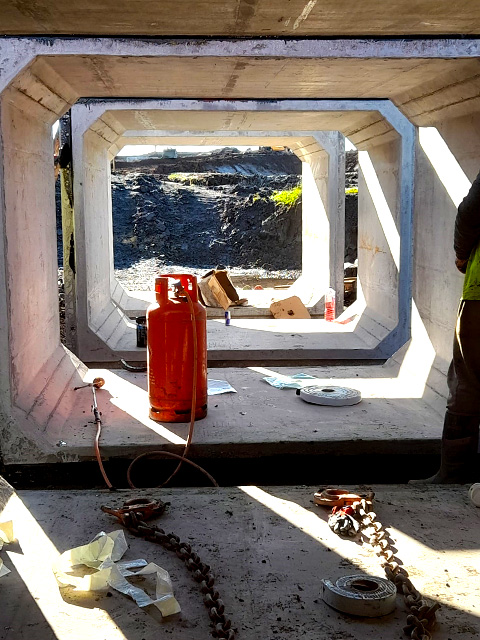
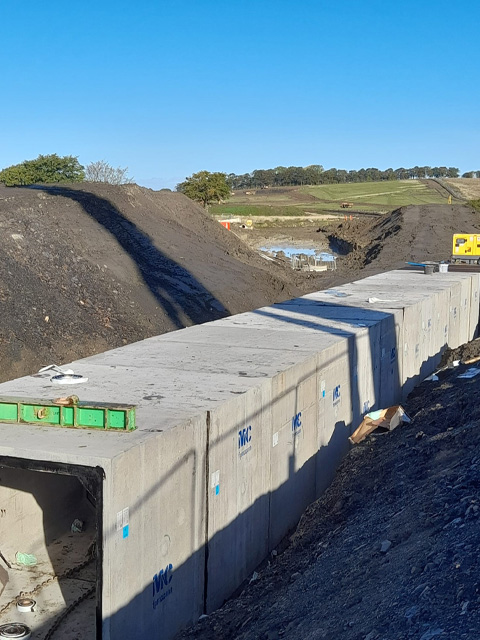
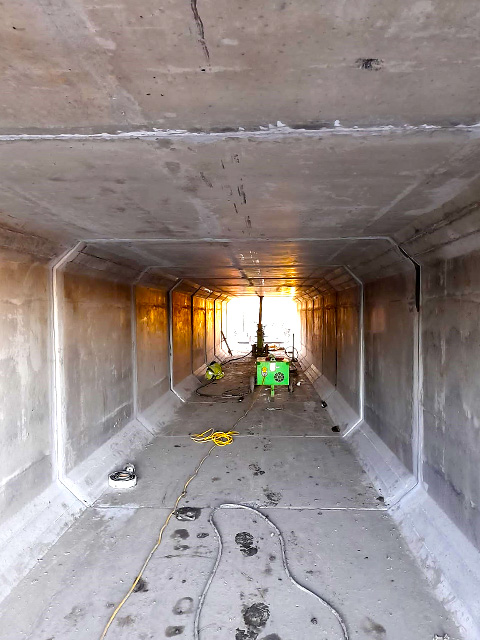
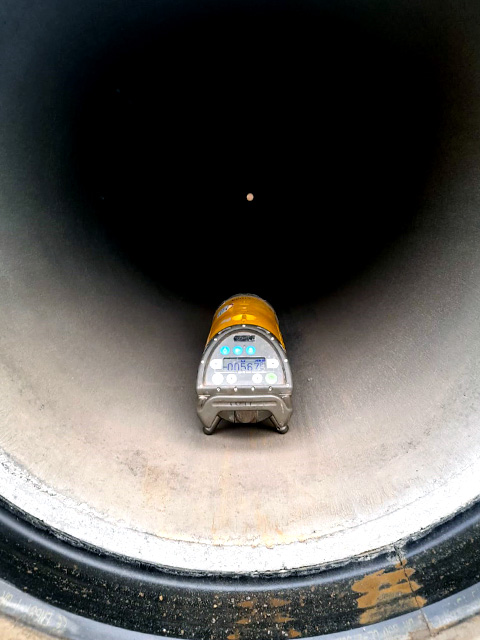
Drainage
The construction of effective drainage systems involves several key components and considerations
Site Analysis
Identify potential areas prone to water accumulation and flooding.
Design
Consider factors such as slope, soil permeability, rainfall intensity, and land use.
Choose appropriate drainage methods, such as surface drainage (open channels, swales) or subsurface drainage (pipes, drains)
Grading and Sloping
Create slopes that direct water away from structures and vulnerable areas.
Surface Drainage
Construct open channels or swales to guide surface water away from critical areas.
Subsurface Drainage
Use materials such as perforated pipes and geotextiles to enhance drainage efficiency
Retention and Detention Basins
Detention basins release water at a controlled rate to prevent downstream flooding
Erosion Control
Maintenance Considerations
Establish a regular maintenance schedule to prevent clogs and damage
Regulatory Compliance
Environmental Impact
Effective drainage construction is essential for preventing property damage, maintaining infrastructure integrity, and preserving the environment. It requires collaboration between engineers, surveyors, environmental experts, and construction professionals to create a well-designed and sustainable drainage system
